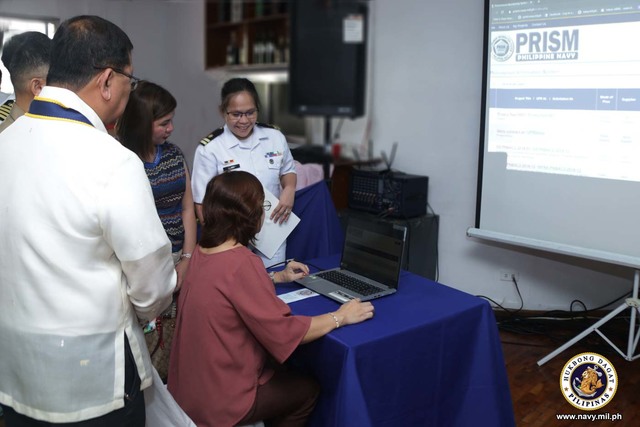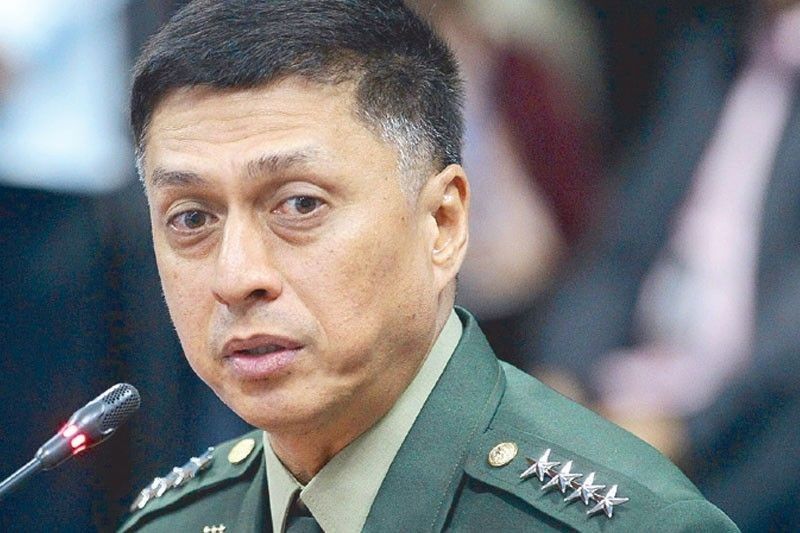Posted to the Eurasian Review (Dec 13, 2019):
Suicide Terrorism In The Sulu Archipelago – Analysis (By By Kenneth Yeo/
RSIS)
Two Egyptians and one Filipino were killed recently for attempted suicide attacks in Sulu, the Philippines. This was the first attempted suicide attack by pro-Islamic State (IS) groups in the Philippines after the death of IS’ leader Abu Bakr Al-Baghdadi. Such a tactic is still a largely foreign phenomenon.
Two Egyptian nationals and a Filipino were killed on 5 November 2019 in Indanan, Sulu for an attempted suicide bombing. Two suicide vests loaded with explosives, detonators, a loaded pistol, and a grenade were
seized from the dead attackers. This suggests that only two of the three perpetrators were prepared to be suicide bombers, and a question mark remains as to whether the sole Filipino was one of the two.
The Egyptians went by the aliases of Abduramil and Yusop. It was also noted that Abduramil’s wife, Reda Mohamad Mahmud Mohamad, was the suicide bomber at a military checkpoint on 8 September 2019 which failed to cause any fatalities. This attack came shortly after the death of Abu Bakr al-Baghdadi, the self-declared caliph of the self-proclaimed Islamic State (IS), on 31 October 2019.
Trend of Suicide BombingsAl-Baghdadi’s symbolic death by suicide bombing serves as
propaganda of the deed, potentially encouraging sympathisers to “martyr” themselves as he did. Coupled with the failing “caliphate” in Syria after IS lost its final stronghold in Syria on 23 March 2019, it is assessed that foreign fighters are expected to relocate into another conflict theatre, such as the Philippines.
Two theories to the localisation of suicide terrorism in the Philippines have been forwarded: the active recruitment of
foreign suicide bombers and the
local adoption of the tactic. Currently, the former assessment has been more proven as locals continue to resist the adoption of suicide bombing, going by the overwhelming foreign profile of suicide bombers in the country thus far.
To date, there are five suicide bombing attempts/attacks in the Philippines starting from the unintended Basilan Vehicle-Borne Improvised Explosive Device
(VBIED) attack on 31 December 2018 which killed 10 and wounded 7. This was a serendipitous moment for Hajan Sawadjaan – leader of IS Sulu and mooted emir of IS Philippines – as he recruited two members of the Indonesia-based
Jamaah Ansharut Daulah (JAD) shortly after for a suicide attack which killed 22 and wounded more than 100 at the Our Lady of Mount Carmel Cathedral.
Based on those involved in suicide attacks in the country, it appears that suicide bombings still heavily rely on foreign terrorist fighters. Today, while there have been eight individuals who conducted or attempted suicide bombings in the Philippines, only one Filipino was identified as a suicide attacker. The culture of upholding the honour of the warrior – to die during fighting – among indigenous Moro tribes in Mindanao may have prevailed thus far to resist the perceived glory of suicide “martyrdom”.
Moreover, the five suicide bombing attacks and attempts demonstrated that the adoption of this tactic is contained within the Sulu region; four attacks were conducted on Jolo island. These tactics are only actively pursued by IS Sulu which operates in the Sulu archipelago; not within mainland Mindanao. In contrast, recent attacks launched by the Maguidanao-based Turaife-led faction of the Bangsamoro Islamic Freedom Fighters (BIFF) still favour remotely detonated bombs.
Trajectory of Suicide Bombings
We can expect more attempts to introduce suicide bombings along the Sulu Archipelago. However, if local resistance to the adoption of suicide bombings persists, IS Sulu may step up the recruitment of foreign militants into Mindanao if it intends to make suicide bombings a staple in their arsenal. This would allow them to dispense high casualty attacks through foreign suicide bombers while maintaining their trained local fighting force to defend their territorial sanctuaries.
The Sulu route is one of many foreign militants use to
travel into Mindanao. It is preferred as smuggling through that route is relatively not difficult. The porous border and troubled waters between Malaysian East Sabah and the Philippines’ Sulu islets create opportunities for human smuggling into Mindanao. Hence, IS Sulu’s mere presence in that region differentiates them from the other militant groups in Southeast Asia as they are able to actively smuggle foreign militants.
This was observed when Indonesian militants Rullie Rian
Zeke and Ulfah Handayani Saleh who conducted the Jolo Church suicide attack, were smuggled through East Sabah by IS Sulu. This route is also used by
non-regional foreign fighters who see Malaysia as a transit between the Middle East and Southern Philippines.
Coupled with the potential relocation of foreign fighters from Syria after IS lost its territory and leader, the
IS East Asia Wilayat (ie. Philippines, Indonesia, Malaysia, Singapore, Thailand, Myanmar, and Japan) could become one of the recipients of fighters from Syria. Bids to recruit deportees who attempted to fight in Syria and returnees would pose a serious threat to the security of the Sulu archipelago.
Sharing of IntelligenceGiven the trend, it is critical that the Philippines government adopt a comprehensive set of policies to harden its borders. This includes intelligence sharing mechanisms which leverages on transnational arrangements to deny entrance of foreign fighters.
Proposals to expand the Trilateral Cooperative Arrangement (TCA) – joint patrols between the Philippines, Indonesia, and Malaysia at the Sulu-Celebes Seas – to improve force coordination and intelligence sharing should be considered. Key also is to monitor the movements of foreign fighters who had fought in Syria and are now eyeing their next battle-ground.
Initiatives to coordinate with the Turkish government and other intelligence platforms such as the “
Five Eyes” could also be considered to monitor and deter possible relocation of foreign fighters to the Philippines.
Ultimately, terrorism is a transnational threat which requires a transnational arrangement. Governments must create more platforms for cooperation and intelligence sharing to interdict its transnational networks effectively. This would then allow respective governments to manage and contain the threat locally.
[Kenneth Yeo is a Research Analyst at the International Centre for Political Violence and Terrorism Research (ICPVTR), a unit of the S. Rajaratnam School of International Studies (RSIS), Nanyang Technological University (NTU), Singapore.
































